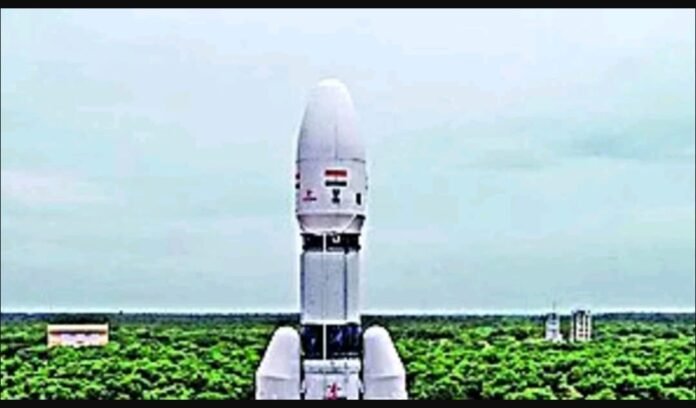Introduction:
Chandrayaan-3, India’s upcoming lunar mission, represents a significant step forward in the country’s space exploration endeavors. Building upon the success of its predecessors, Chandrayaan-1 and Chandrayaan-2, this third mission carries an added ‘desi’ element, emphasizing India’s commitment to developing homegrown technologies and capabilities in space exploration.
Exploring the Moon’s Surface:
Chandrayaan-3 aims to study the Moon’s surface in greater detail, shedding light on its geological composition and history. By deploying a robust lander and rover, India seeks to uncover valuable insights into lunar features, such as craters, mountains, and valleys, which will contribute to our understanding of the Moon’s formation and evolution.
Indigenous Technological Advancements:
One of the distinguishing aspects of Chandrayaan-3 is its emphasis on indigenous technological advancements. India’s space agency, the Indian Space Research Organisation (ISRO), has been at the forefront of developing cutting-edge technologies for space exploration. The mission incorporates state-of-the-art systems and instruments, many of which have been designed and manufactured within the country. This ‘Made in India’ approach showcases India’s technological prowess and self-reliance in the field of space science.
Collaborative Efforts:
While Chandrayaan-3 carries an indigenous element, India also recognizes the importance of international collaboration in space exploration. The mission builds upon the lessons learned from the Chandrayaan-2 mission, which included collaborative efforts with other nations. This approach fosters global cooperation, sharing of scientific knowledge, and the collective pursuit of space exploration goals.
Scientific Objectives:
Chandrayaan-3’s scientific objectives align with those of previous lunar missions but with a focus on specific areas of study. The mission aims to analyze lunar soil and rocks, contributing to our understanding of the Moon’s composition and geological history. Furthermore, it seeks to investigate potential resources on the Moon, such as water ice, which could support future human missions and bolster space exploration endeavors.
Inspiring the Next Generation:
India’s space missions have not only expanded scientific knowledge but have also inspired generations of young Indians to pursue careers in science and technology. Chandrayaan-3 continues this trend by captivating the nation’s imagination and instilling a sense of pride in the achievements of the country’s space program. The mission serves as a beacon of inspiration for aspiring scientists, engineers, and innovators, fueling their dreams of contributing to India’s space exploration endeavors.
Conclusion:
Chandrayaan-3, India’s third Moon mission, represents a significant milestone in the country’s space exploration journey. With its added ‘desi’ element, the mission showcases India’s commitment to developing indigenous technologies and capabilities. By studying the Moon’s surface in greater detail, Chandrayaan-3 will not only expand our knowledge of the lunar realm but also inspire a new generation of Indian scientists and engineers. Through collaborative efforts and a focus on scientific objectives, India continues to make its mark in the global space exploration arena.

